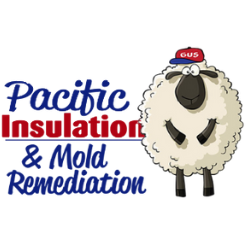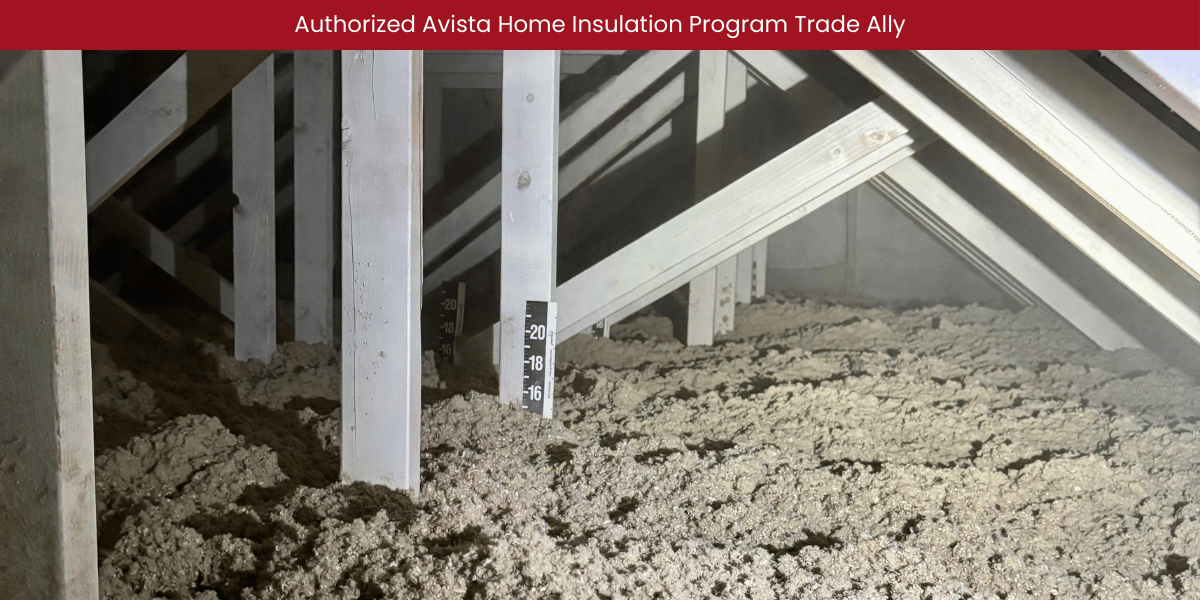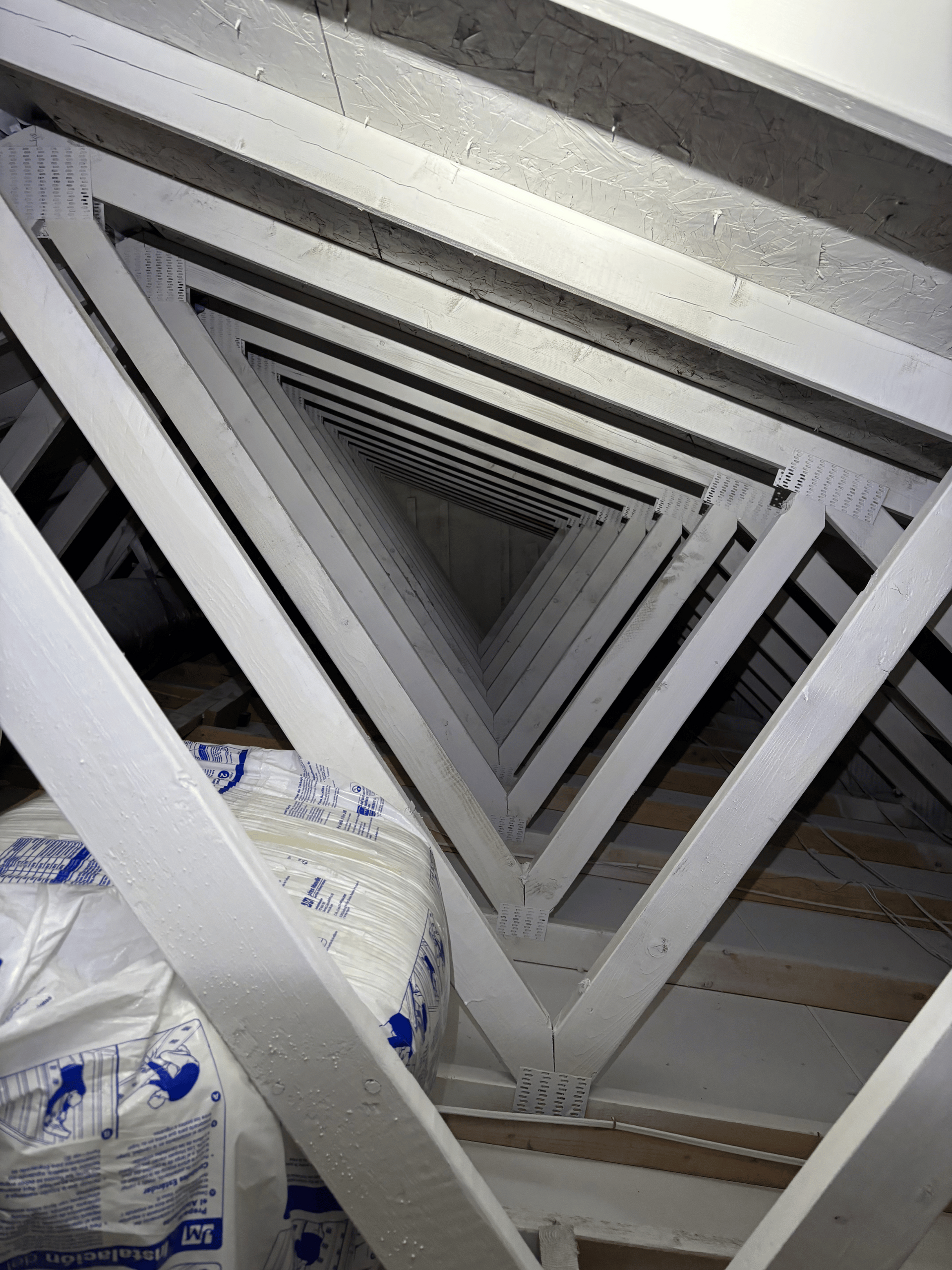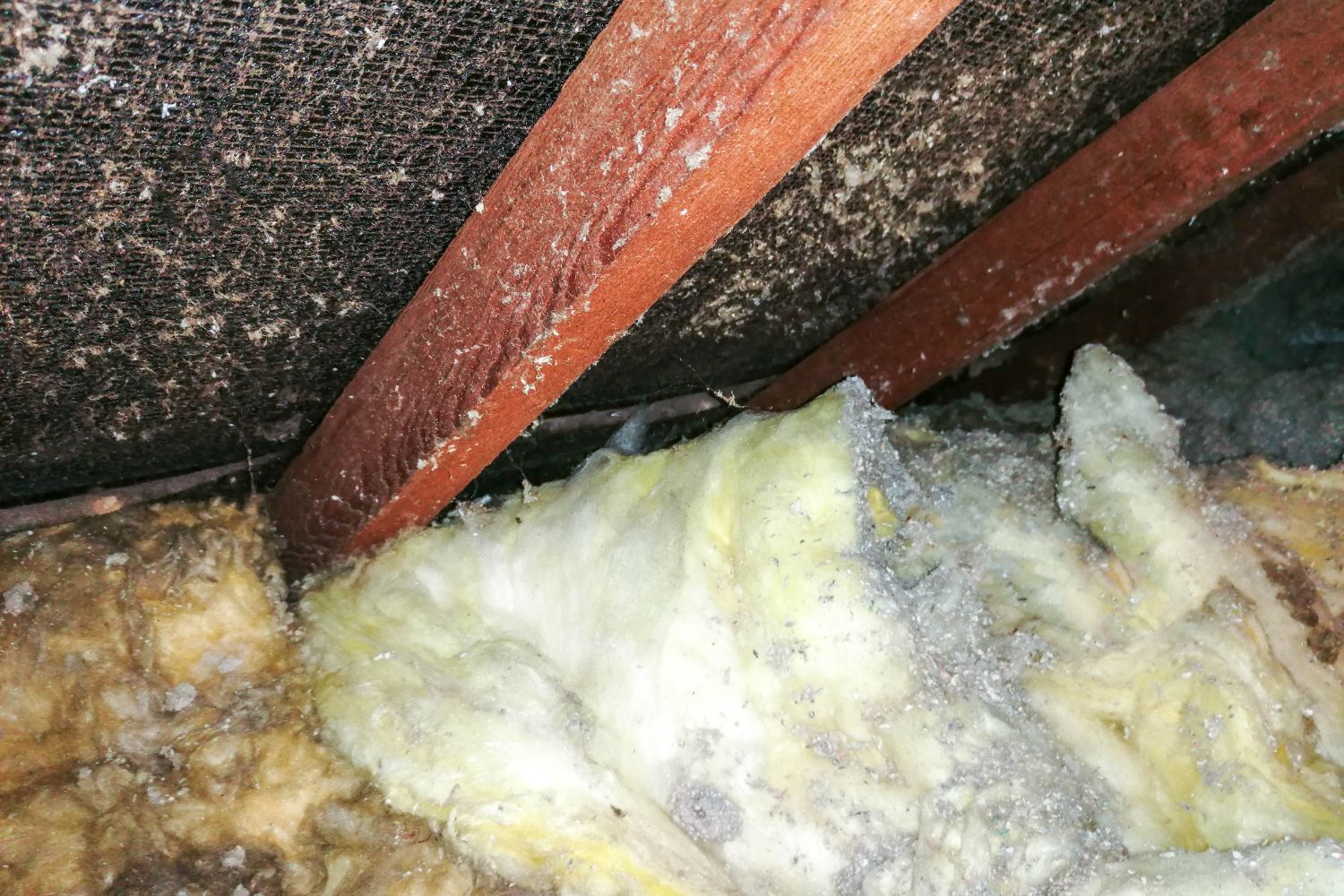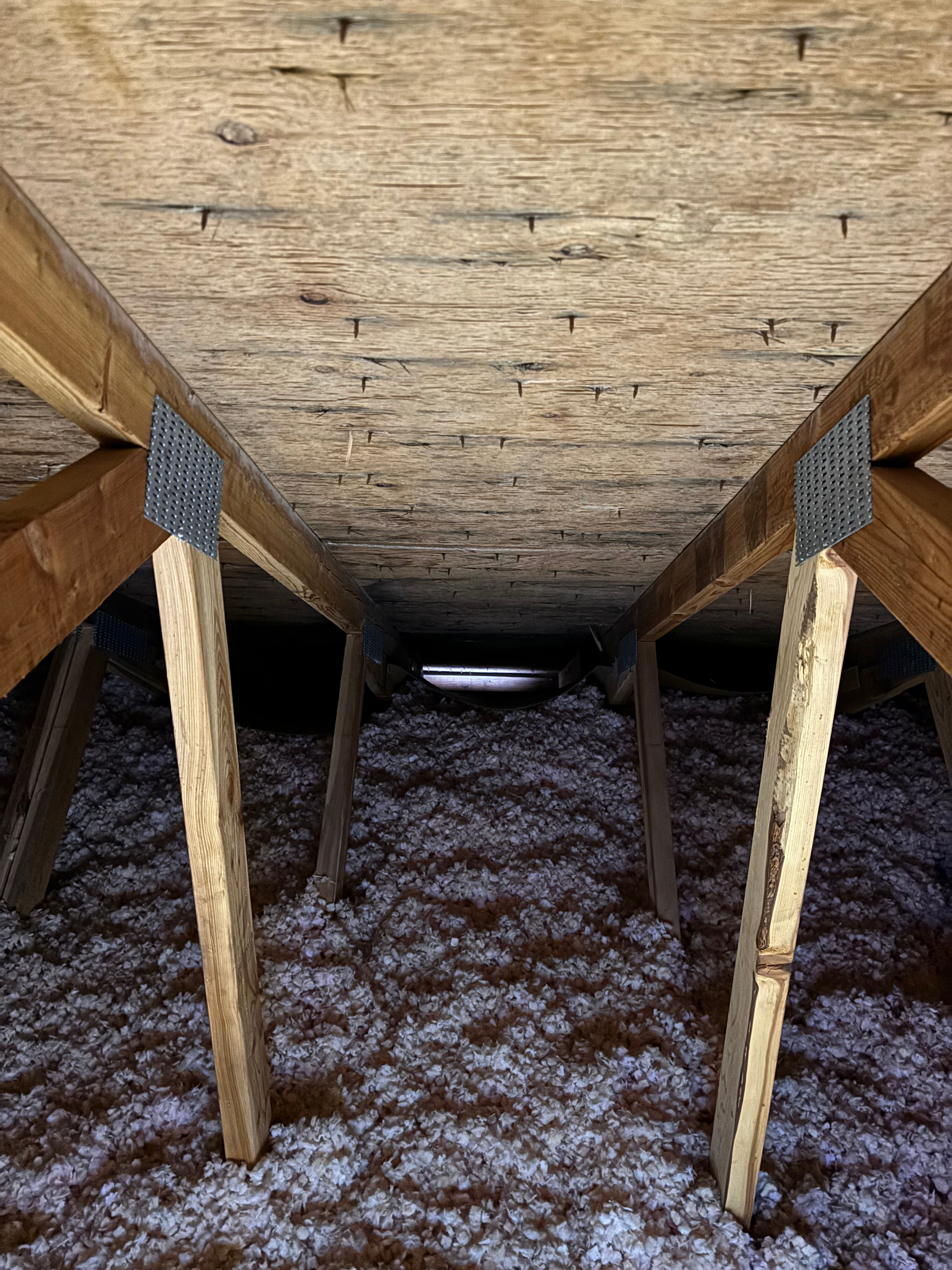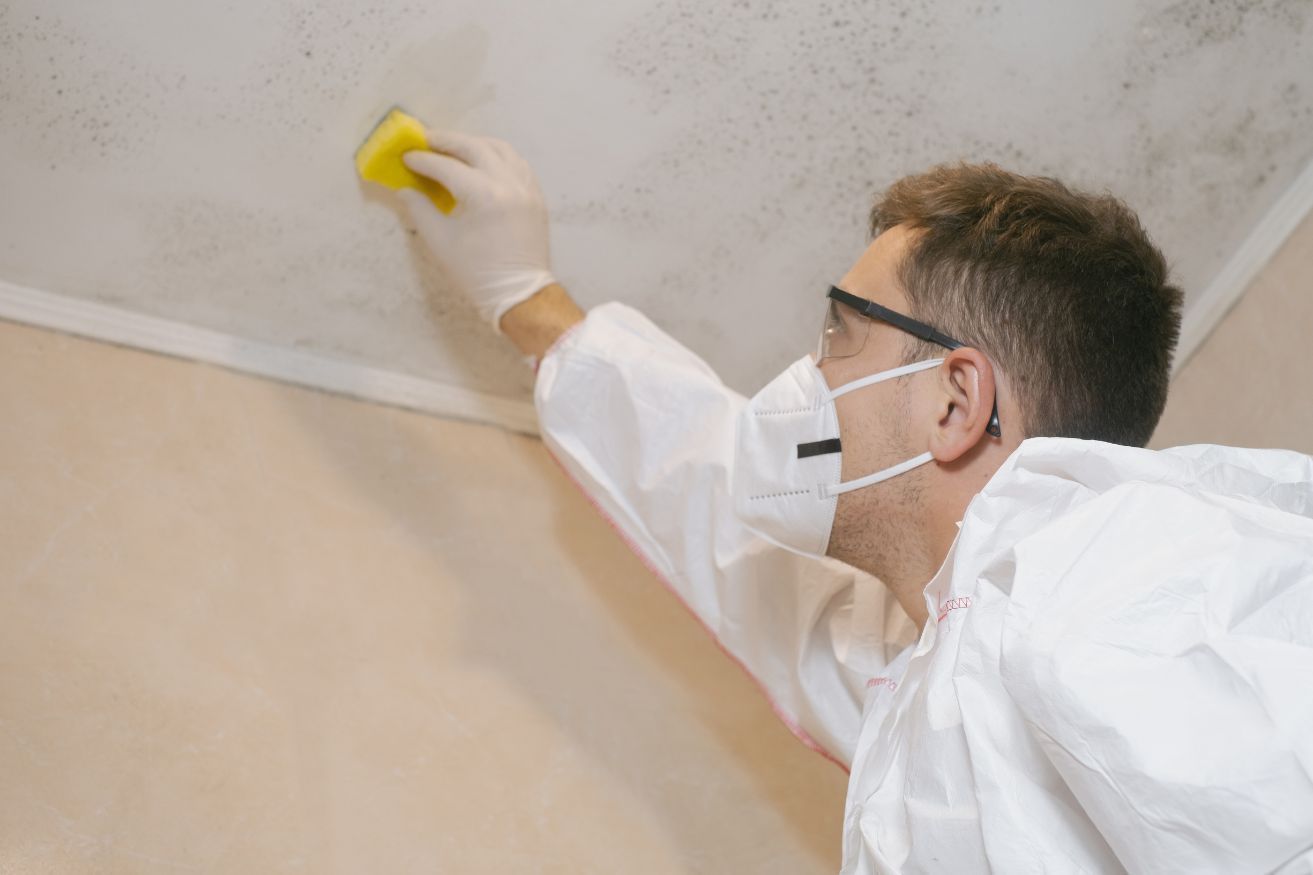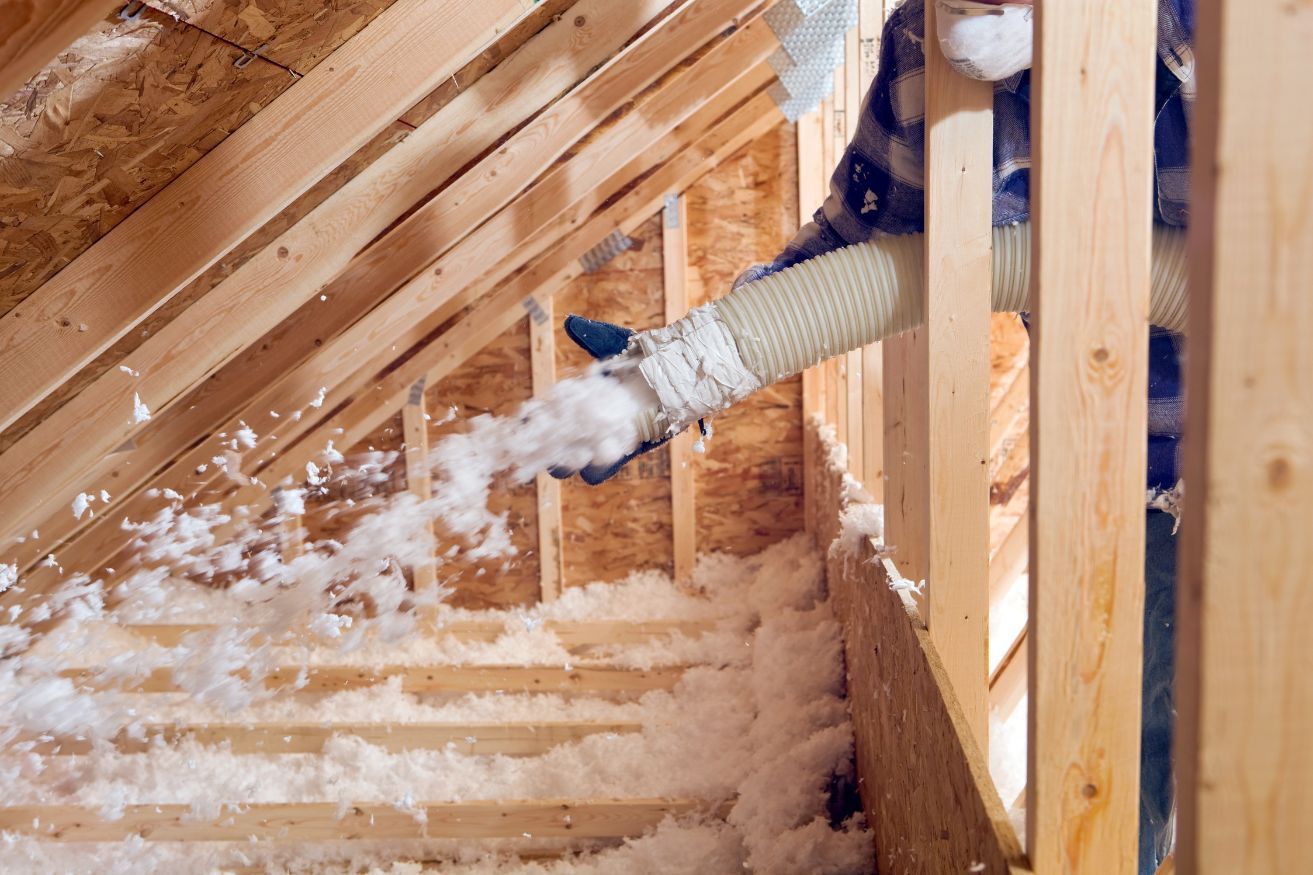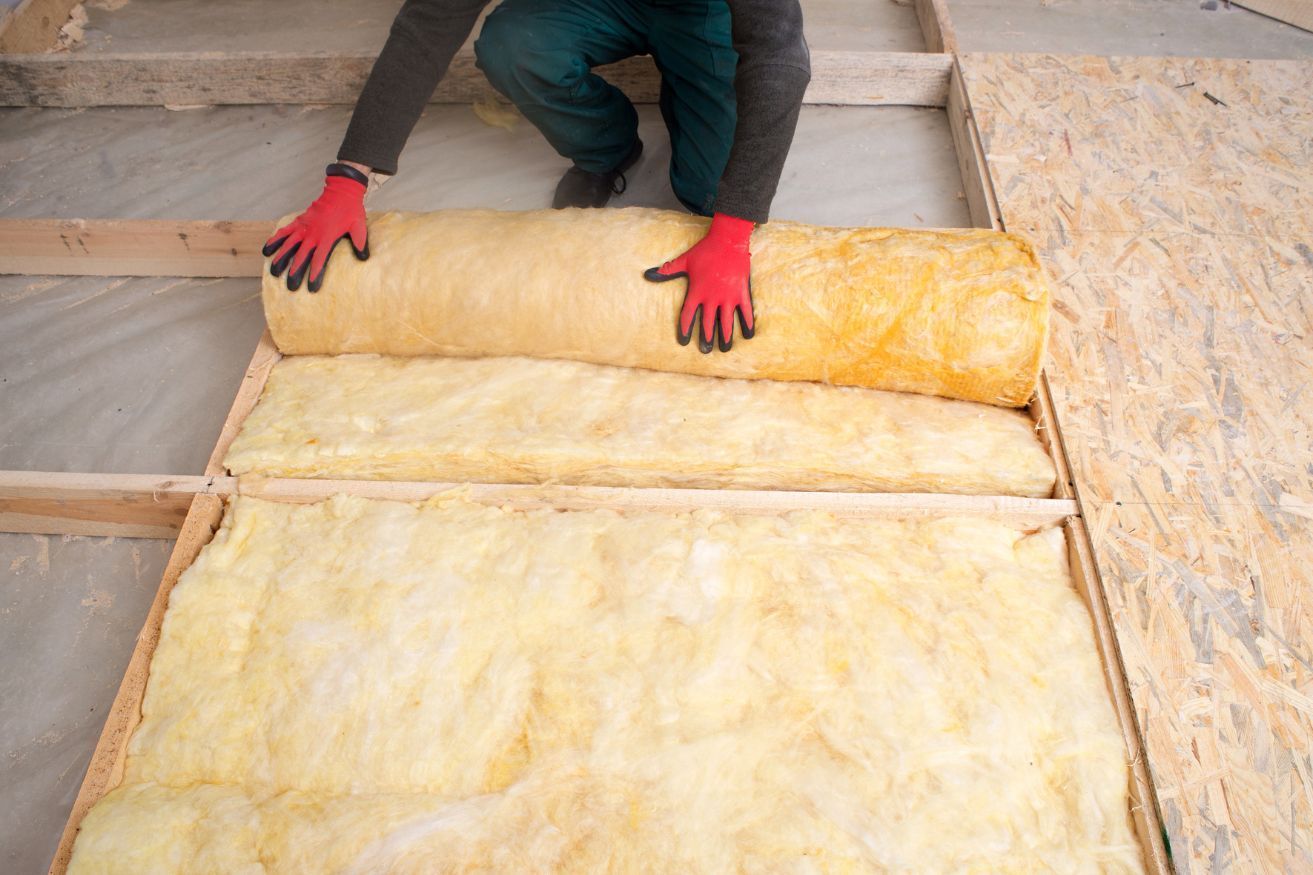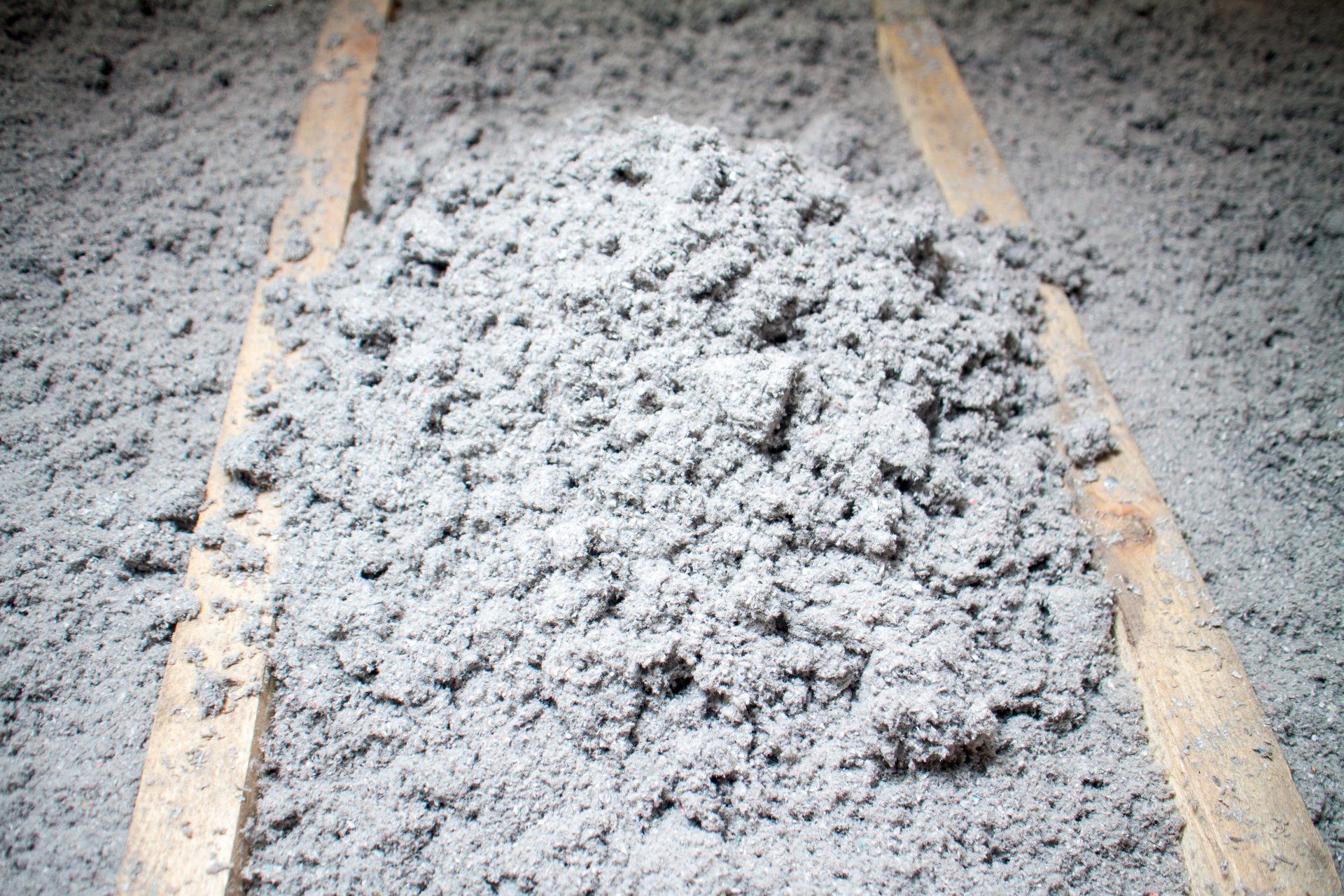Maximizing Energy Efficiency: Avista's 2025 Insulation Rebates in Spokane, WA
Understanding Avista's Insulation Rebates
As energy costs continue to rise, homeowners in Spokane, Washington, are increasingly seeking ways to enhance their homes' energy efficiency. One of the most effective methods is improving insulation, which not only reduces energy consumption but also enhances indoor comfort. Recognizing this, Avista Utilities offers a comprehensive insulation rebate program in 2025 to assist homeowners in offsetting the costs associated with these energy-efficient upgrades.
Understanding Avista's Insulation Rebates
Avista's insulation rebate program is designed to encourage homeowners to upgrade their home's insulation by providing financial incentives. The rebates are available for various insulation improvements, including attic, wall, and floor insulation. The specific rebate amounts are as follows:
- Attic Insulation: For existing insulation levels of R-11 or less, upgrading to R-49 or higher qualifies for a rebate of $1.75 per square foot. If space constraints prevent achieving R-49, an upgrade to R-38 or higher is acceptable, provided the contractor's invoice indicates that R-38 is the maximum feasible R-value.
- Wall Insulation: Homes with no existing wall insulation (R-0) can receive $1.75 per square foot when upgrading to R-13 or higher.
- Floor Insulation: For floors with no existing insulation (R-0), upgrading to R-30 or higher qualifies for a rebate of $1.75 per square foot.
Eligibility Criteria To qualify for Avista's insulation rebates, homeowners must meet the following criteria:
- Residency: The program is available exclusively for existing single-family homes and installed by an Authorized Avista Home Insulation Program Partner; new constructions do not qualify.
- Primary Heating Source: The home's primary heating must be serviced by Avista's electric or natural gas.
- Professional Installation: All insulation work must be performed by a licensed contractor. It's advisable to obtain multiple bids to ensure competitive pricing and service quality.
- Insulation Specifications: The existing and new insulation levels must meet the specified R-values to qualify for the respective rebates.
Application Process
Homeowners seeking to benefit from the rebate program should follow these steps:
- Select an Authorized Avista : Choose a licensed professional to assess your home's insulation needs and provide an itemized estimate. Ensure the contractor details the square footage, existing R-values, and proposed R-values in the invoice.
- Avista Utilities
- Complete the Installation: Once you've selected a contractor, schedule and complete the insulation installation as per the agreed specifications.
- Submit the Rebate Application: Within 120 days of the installation, submit a completed rebate application along with the contractor's final itemized invoice. The invoice must clearly indicate the square footage, pre- and post-R-value ratings, and total costs. Applications can be submitted online, via email, fax, or mail:
- Online: Complete the rebate application form available on Avista's website.
- Email: Send the application and supporting documents to rebates@myavista.com.
- Fax: (509) 777-5784
- Mail:
- Avista Rebates
- PO Box 3727, MSC-15
- Spokane, WA 99220-3727
- Await Processing: Allow up to 8 weeks for processing and payment, which may be issued as a check or a bill credit, depending on your preference.
Additional Considerations
- Inspection: Avista reserves the right to verify the installation of the energy efficiency measures prior to rebate payment and may coordinate an inspection as applicable.
- Compliance: Homeowners are responsible for ensuring that all work complies with applicable codes and regulations.
- Rebate Limits: Rebates will not exceed 100% of the actual measure cost, including tax. Ensure that the rebate amount does not surpass the total installation
Benefits of Upgrading Insulation
Enhancing your home's insulation offers several advantages:
- Energy Savings: Proper insulation reduces heat loss in the winter and keeps your home cooler in the summer, leading to lower energy bills.
- Increased Comfort: A well-insulated home maintains a more consistent indoor temperature, enhancing overall comfort.
- Environmental Impact: Reducing energy consumption decreases your carbon footprint, contributing to environmental conservation.
Conclusion
Avista's 2025 insulation rebate program presents a valuable opportunity for Spokane homeowners to improve their home's energy efficiency while reducing out-of-pocket expenses. By understanding the eligibility requirements and following the application process diligently, you can take advantage of these incentives to create a more comfortable and cost-effective living environment. For more detailed information and to access the rebate application, visit Avista's official website.
